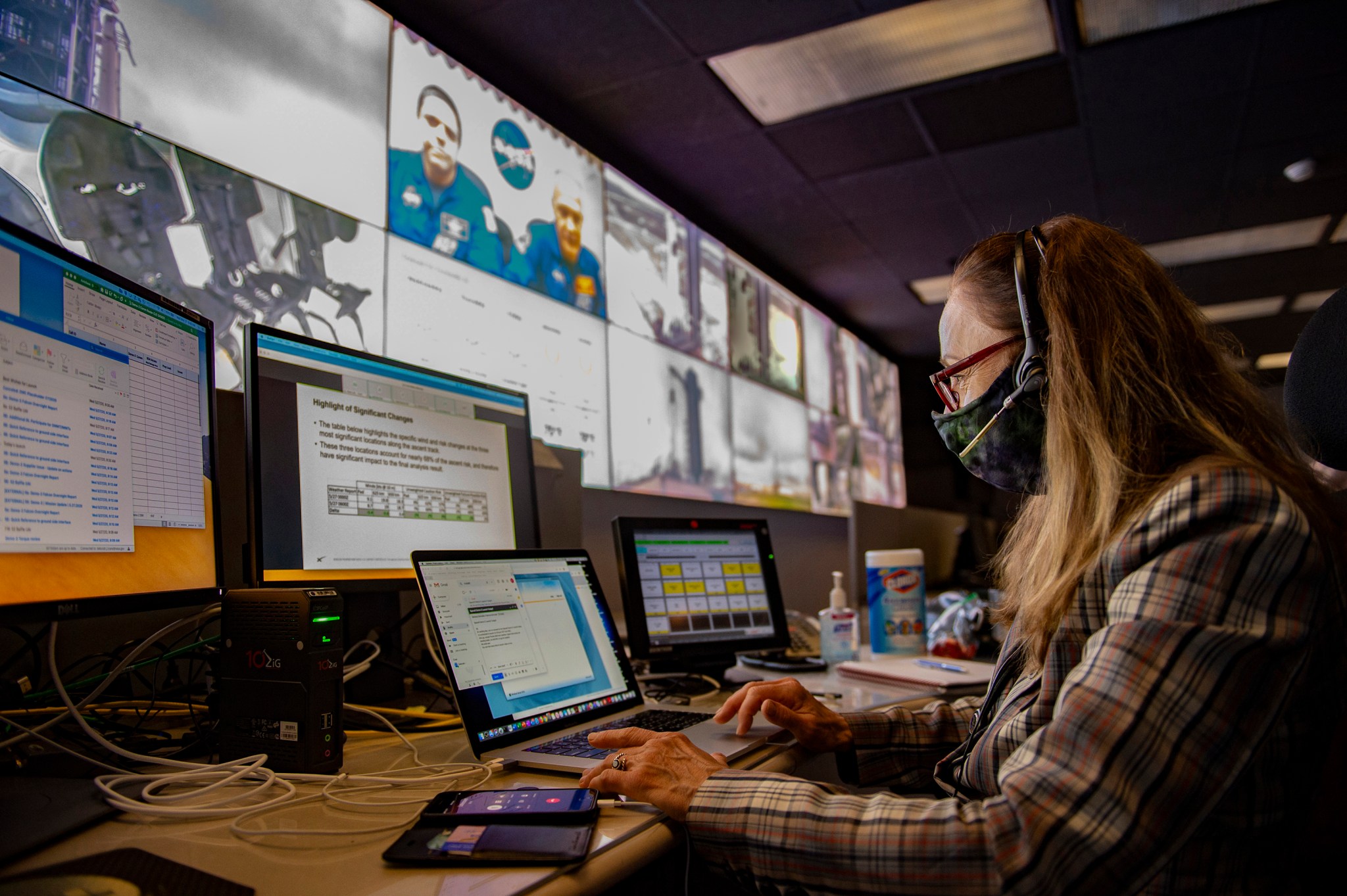Growing up on a small farm in Shawnee, Kansas, Deborah Crane, launch vehicle chief engineer for NASA’s Commercial Crew Program, spent her days caring for animals, tending crops, and repairing anything in need. All the while, her dreams took her far from home – to NASA and space exploration.

Crane always loved the arts, science, and was inspired by space exploration at an early age. As she grew to adulthood, those dreams became something of a childhood fancy, and she instead pursued a career in dance. Crane moved to New York after her ballet talents earned her a scholarship to The Alvin Ailey Dance School. She returned to the Midwest to dance for the Westport Ballet Company in Kansas City, but a chance encounter with a friend provided a path to pursue a career in space exploration, and she headed west to earn bachelor’s and master’s degrees in mechanical engineering from the University of California, Berkeley.
Crane worked with United Space Alliance at NASA’s Kennedy Space Center in the Solid Rocket Booster Element Division’s analytical team for the space shuttle before joining the agency’s Marshall Space Flight Center in 2007. In March 2019, she began her current role as launch vehicle chief engineer for NASA’s Commercial Crew Program, and worked on console for the agency’s SpaceX Demo-2 mission – the first launch of American astronauts from American soil since the retirement of the space shuttle in 2011.
Commercial crew is a partnership between government and industry to develop and fly human space transportation systems. The program works to achieve safe, reliable and cost-effective access to and from the International Space Station and low-Earth orbit. Crane feels that collaboration and open communication are key components of maintaining a successful program. By working with engineering and management teams of the commercial partners and across multiple NASA centers – Kennedy, Johnson, Marshall and Langley — commercial crew necessitates collaboration and integration.
The Commercial Crew Program’s organizational structure, utilizing the strengths of a multi-center approach, paves the way for integration of various and diverse technical expertise and perspectives, which is imperative for restoring America’s human spaceflight capability. Working to accommodate four different time zones can be a challenge to the team, but by coordinating frequent tag-ups, technical interchange meetings and engineering review boards, they are able to effectively collaborate and maintain open communication with one another.
“One key to success in a fast-moving program like commercial crew is open discussion and a focus on communication so we hear all the perspectives, we understand any concerns, assess and communicate any associated risks, and we determine a path to resolution,” Crane said.
The definition of mission success for commercial crew, she said, is the ability to safely launch and transport astronauts to the space station, and of course, safely return them home. In order to do so, the program relies on the commercial sector, working closely with NASA, to develop the rockets and spacecraft for safe and successful launches and missions. Such was the case with the Demo-2 launch May 30, piloted by NASA astronauts Robert Behnken and Douglas Hurley, to test the end-to-end capabilities of the Crew Dragon system from launch to docking and a safe return to Earth.
Like other team members working the historic test, Crane’s experience during the Demo-2 launch day was an exciting milestone in her career. She and her team had spent many long days, weekends, and holidays in preparation for the launch. Crane recognized the importance of the launch and the need for NASA to be able to launch crew and transport astronauts to the space station again.
“There was an intensity as we went into the countdown,” she said. “Yet, I knew that we have a great team of people, that we did the best job we could to prepare, and that I am very proud to be a part of the historical Demo-2 milestone and the agency’s Commercial Crew Program.”
After watching the successful launch, Crane was able to let out a sigh of relief. Her protective mask hid it, but underneath was a huge smile.


























